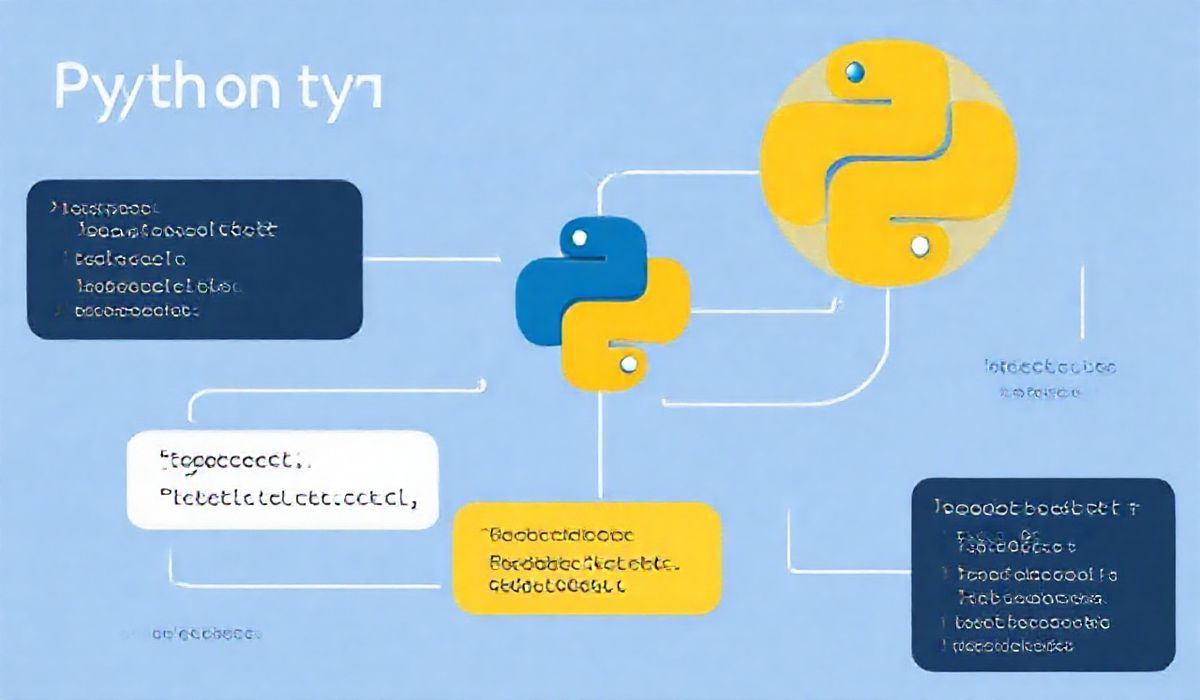Comprehensive Guide to Using JUnit Report Builder for Robust Testing
The junit-report-builder is a powerful library that helps developers generate structured JUnit test reports with ease. In this guide, we’ll delve into the capabilities of junit-report-builder and explore its various API methods through several code examples.
Getting Started
First, you need to install the library:
npm install junit-report-builder
Creating a Test Suite
You can create a test suite as follows:
const junitReportBuilder = require('junit-report-builder');
const suite = junitReportBuilder.testSuite()
.name('Sample Test Suite');
Adding Test Cases
Adding test cases to the suite:
const testCase = suite.testCase()
.className('SampleClass')
.name('Sample Test Case')
.time(123)
.standardOutput('Test case standard output message')
.standardError('Test case standard error message');
Setting Test Case Results
Marking test cases as failed or skipped:
Mark as Failed
testCase.failure('This is the failure message', 'FAILURE_TYPE');
Mark as Skipped
testCase.skipped();
Writing the Report
Finally, write the report to a file:
junitReportBuilder.writeTo('test-report.xml');
Complete App Example
Here’s a complete example application that uses the introduced APIs:
const junitReportBuilder = require('junit-report-builder');
const suite = junitReportBuilder.testSuite()
.name('Example Test Suite');
const testCase1 = suite.testCase()
.className('ExampleClass')
.name('Test Case 1')
.time(150)
.standardOutput('TestCase 1 output')
.standardError('TestCase 1 error')
.failure('Failure message for Test Case 1', 'FAILURE_TYPE');
const testCase2 = suite.testCase()
.className('ExampleClass')
.name('Test Case 2')
.time(200)
.standardOutput('TestCase 2 output')
.skipped();
junitReportBuilder.writeTo('example-test-report.xml');
Conclusion
The junit-report-builder library offers a flexible and straightforward way to generate JUnit XML reports, which can be very useful for continuous integration and monitoring the state of your tests. With the various APIs demonstrated above, you can create detailed and informative test reports for better observability and debugging.
Hash: 56366bd48c0e6596f8f2233456945a930079f0f7397d539471d9e0e1edf442ee




